
Blog
Read what's happening in FirstouchKiosk | Keep update yourself about best digital signage solution & technology. Learn how digital signage / digital kiosk / digital notice board and digital standees can help in your business growth.

Touch screen display technology is globally gaining prominence due to its easy and interactive use. The rise of touch technology architecture gives users an interactive experience that engages them. The future of B2B sales is now going digital, as the rapid demand for technology-driven display solutions grabs customer attention like never before.
Touch screen display are going to be integrated with other emerging technologies such as augmented reality (AR) or virtual reality (VR) to create more immersive and interactive user experiences. According to Ray Kurzweil (a computer scientist), by the end of 2030, computer devices as physical objects will disappear and be replaced by displays built into our eyeglasses.
Self-service kiosks are the biggest opportunities for retail and restaurants to grow their businesses manifold.
Interactive signage solutions by Firstouch enable better engagement with brand employees to expedite their shopping and buying process. Customers are demanding a frictionless experience and have reported prioritizing shopping with merchants that are responding to their needs.
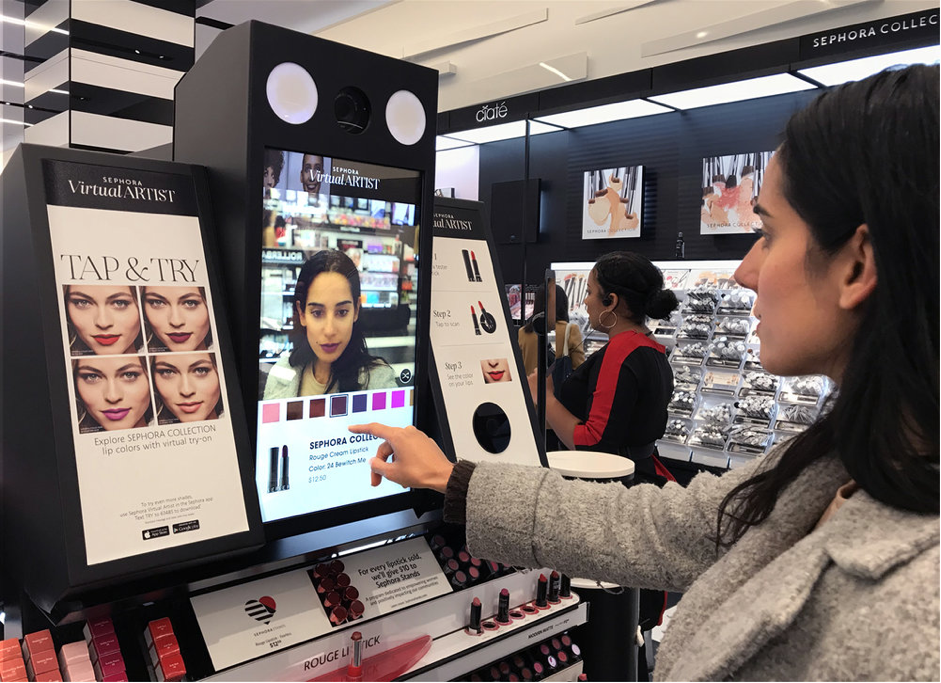
Retailers are increasingly leveraging the customer buying journey to proactively cater to their needs. Advanced self-service kiosks now employ AI technology, utilizing facial or fingerprint recognition to personalize recommendations based on customers’ preferences and past visits. These kiosks also serve as gateways to access loyalty programs, allowing customers to conveniently check their levels, points, and rewards. By collecting personal data, these programs can celebrate special occasions like birthdays and anniversaries. Furthermore, waypoint signage equipped with similar technology assists customers by highlighting the locations of their favorite brands within the store and showcasing any exclusive offers or discounts available.
Personal Computing
Touch screen monitors for personal use, such as content creation, art design, and navigational purposes, allow users to explore website menus, system applications, and swipe through pages without using a keyboard and mouse. Touch screens reduce the time and effort required for users to perform multiple tasks.
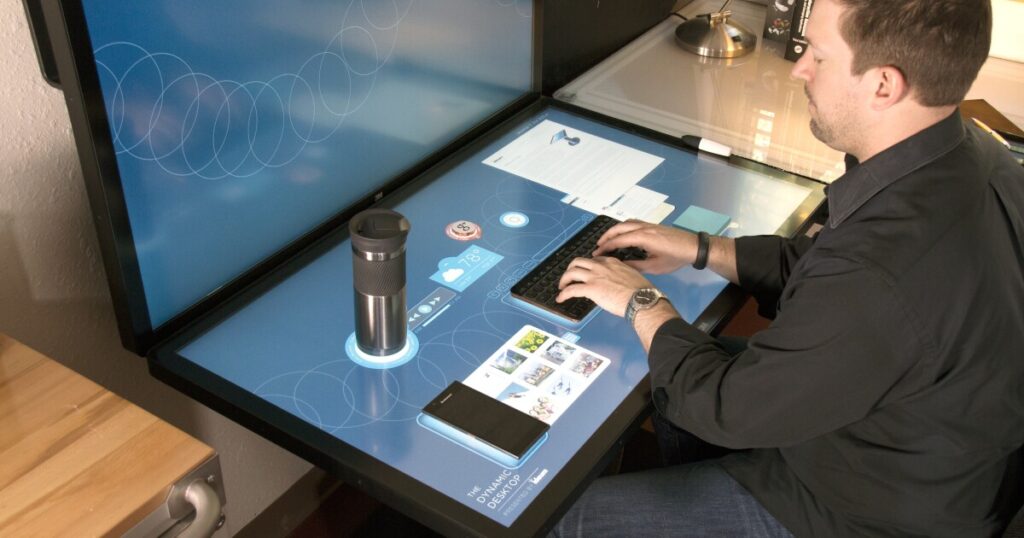
Smart Learning
Prestigious academic faculties are now transforming their teaching approach into smart learning with the use of interactive whiteboards to provide a more engaging and better learning experience to their students. Interactive panels are large in size and consist of touch screen display with an operating system that comes with smart features like annotation, smart sharing, and split-screen.

Point of Sale (POS) System Display
Point-of-sale touch screen display for the retail and hospitality industry play a crucial role in performing payments for goods and services and providing payment receipts to customers. Merchants widely use point-of-sale systems to make electronic payments safer and more secure, efficiently track transactions and inventory records on the cloud. With a simple touch on the display, it handles large scales of sales and purchase records.
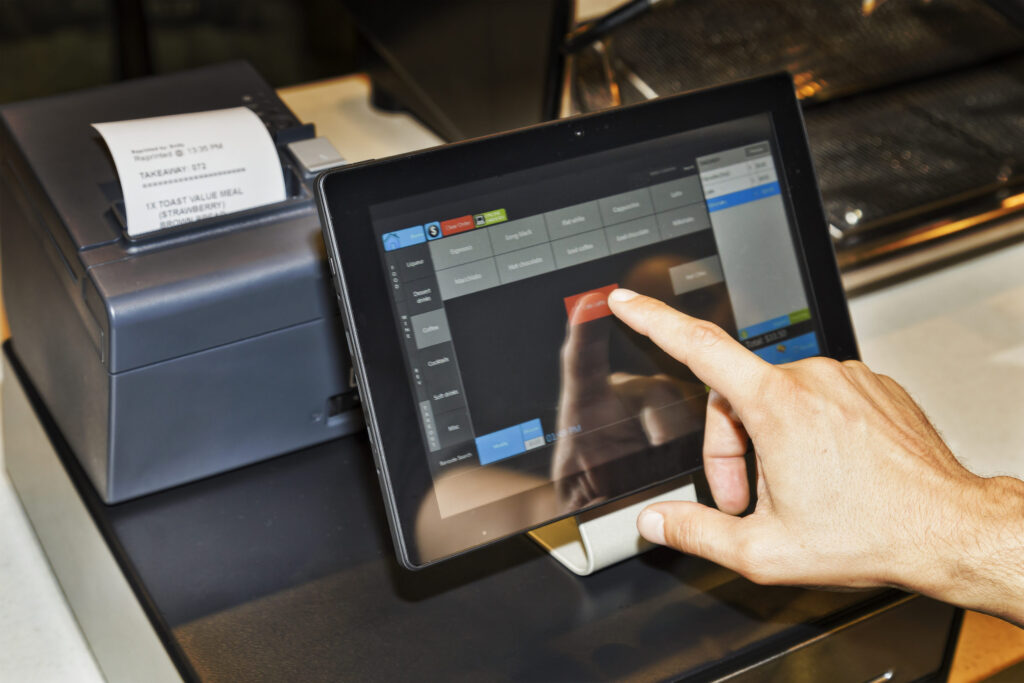
Industrial and Manufacturing
In industrial use, touch screens are utilized in control panel systems, human-machine interfaces (HMIs), and automation systems. touch screen display enable operators to monitor and control machinery, adjust settings, and access real-time data with ease. A safety interactive display kiosk is designed to deliver audio and video safety lessons to employees, supporting multiple languages to train them in the industry to avoid unfortunate occurrences.
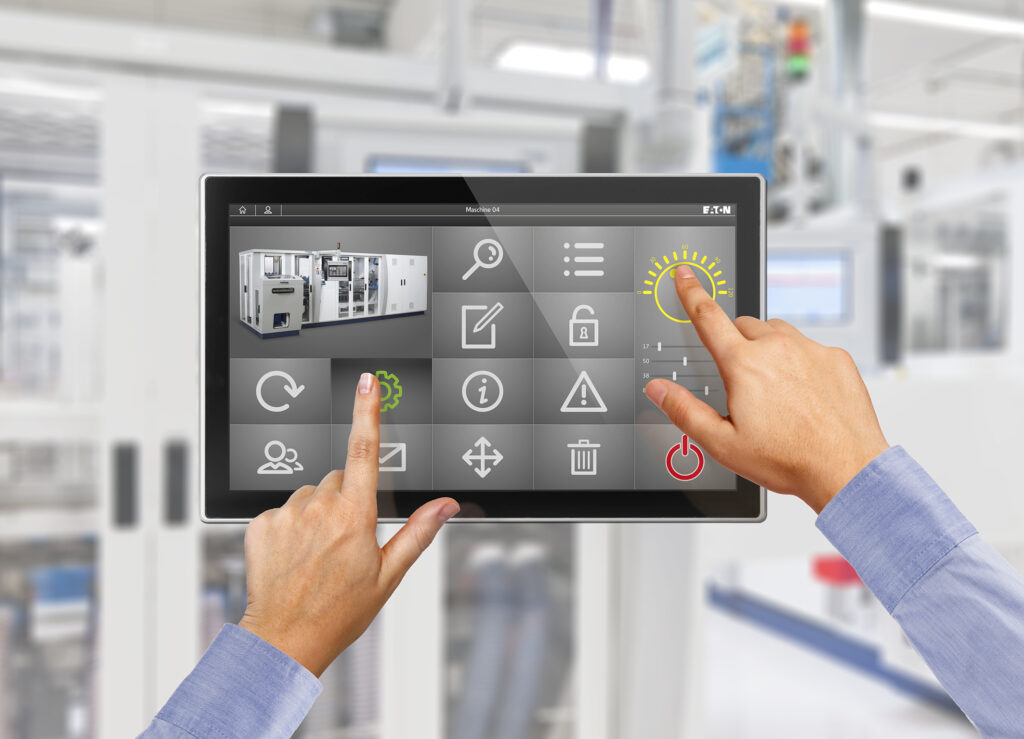
Healthcare
Medical touch screen display specially designed for medical use and integrated into medical devices are employed in healthcare facilities under different application areas. They are used in patient care monitoring systems, electronic health records (EHRs), medical imaging devices, surgery room displays, telemedicine platforms, lab analysis equipment, enhancing data access, workflow efficiency, and patient engagement.

Transportation and Navigation
Touch screen display for transportation enable a user interactive interface that is integrated into vehicles, including cars, buses, and airplanes, for navigation systems, entertainment control, and passenger information. They provide intuitive multitouch gestures for accessing maps, adjusting settings, and managing multimedia content to give a better experience
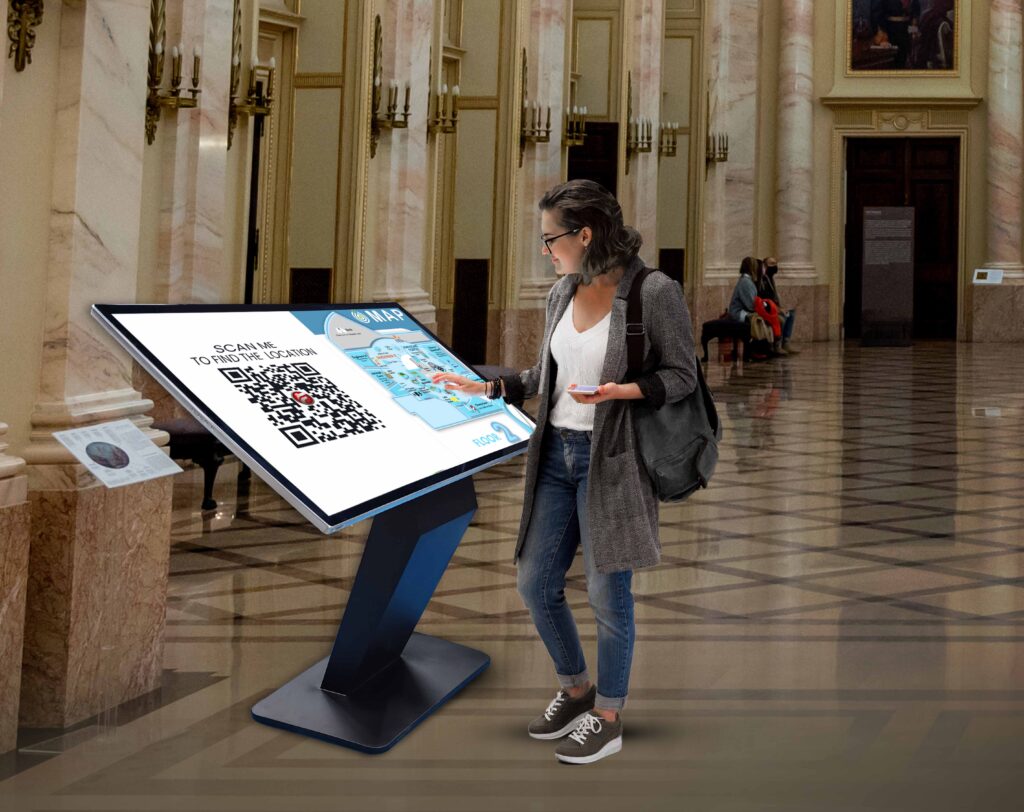
Passengers can navigate a route map of their desired travel destination and explore more information like nearby tourist places and also engage with entertainment options like playing TV shows and movie videos, listening to songs, and playing games. As public transportation hubs are the busiest and most crowded locations, touch screen display can be very useful to manage visitors by providing self-service kiosks or self-ticketing kiosk options.
Hospitality and Tourism
Touch screen monitors are utilized in hotels, restaurants, and tourism centers to provide interactive information to guests. They can offer maps, local attractions, dining options, and hotel services, enhancing the overall guest experience. Visitors who come to enjoy the fun of amusement park adventures can book their tickets using self-ticketing kiosks without any hassle and can enjoy the thrills of the game on touch screen display simulations. Tourists can deeply explore local tourist attraction points in text, image, and video formats.
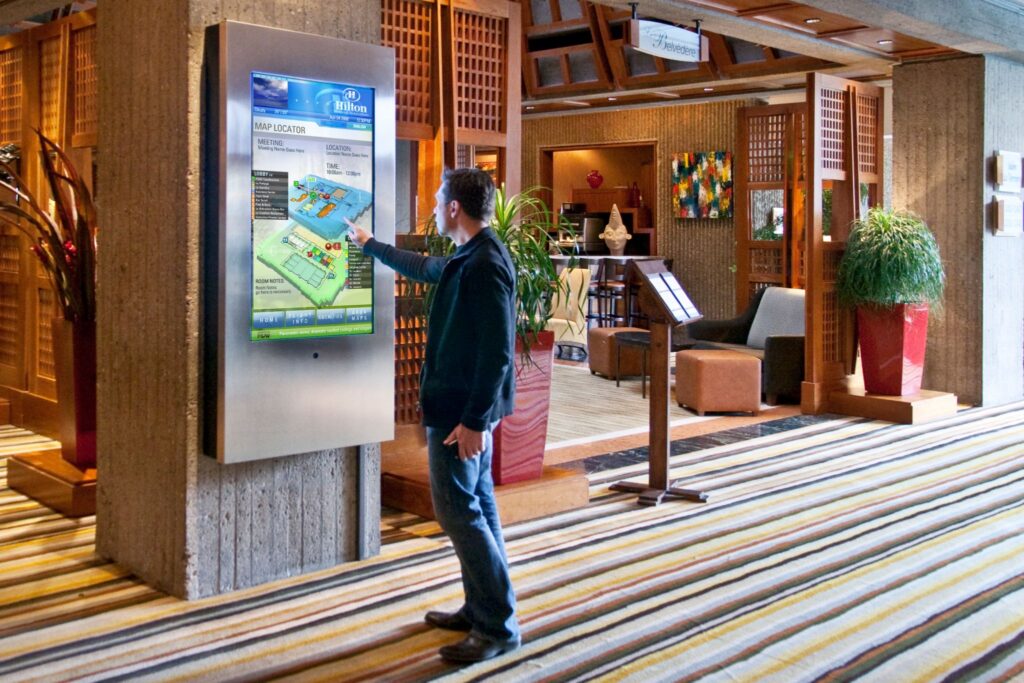
The global interactive display market is expected to grow from $30.8 billion in 2022 to $65.8 billion by 2031 at a compound annual growth rate (CAGR) of 8.86% during the forecast period according to growth market reports
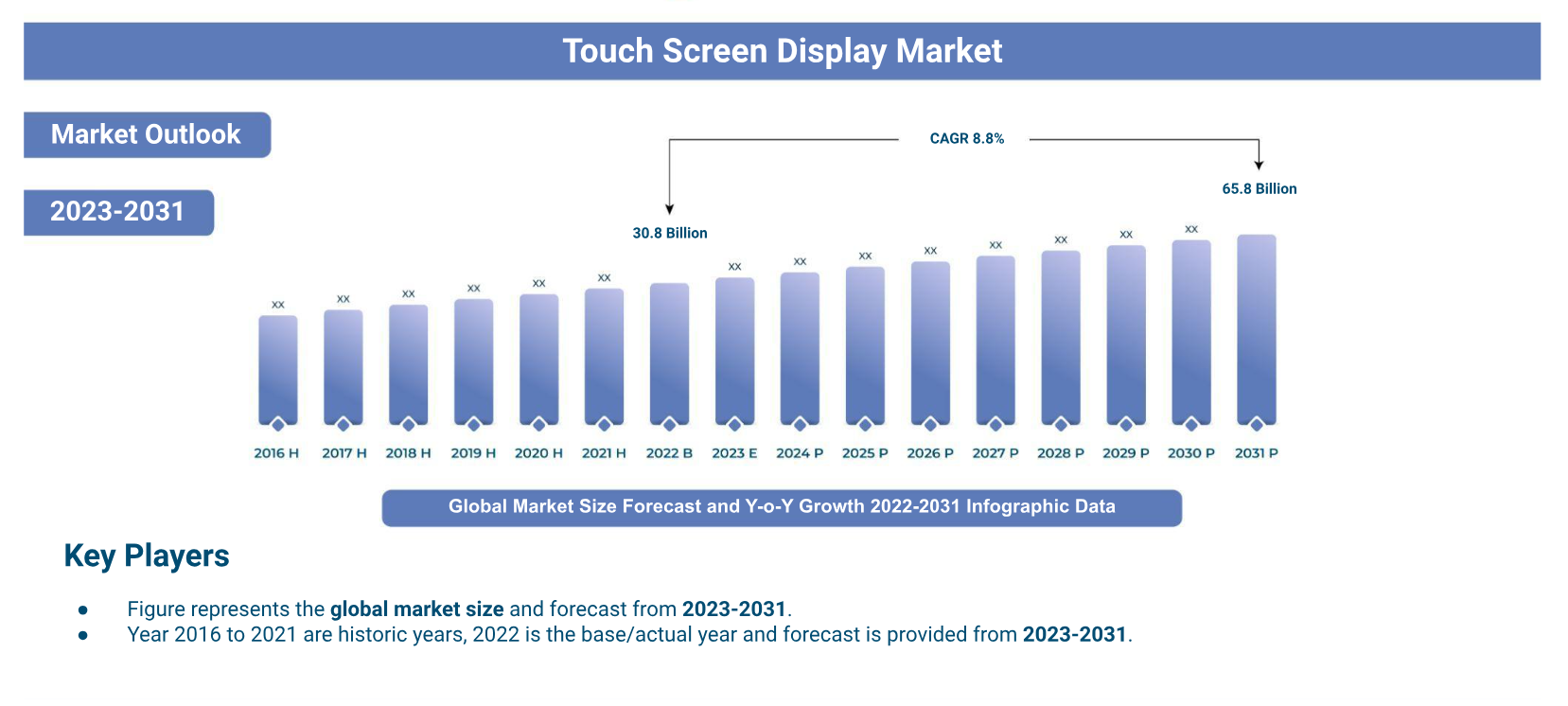
The global medical touch screen market is expected to grow at a CAGR of 7.5% from 2022 to 2030. The growth in this market can be attributed to the increasing demand for capacitive-type touch screens in medical equipment.
The self-service kiosk market size is estimated to reach ~USD 80 Billion by the end of 2035, growing at a CAGR of ~10% over the forecast period, i.e., 2023 – 2035. In addition, in the year 2022, the market size of self-service kiosks was ~USD 30 Billion.
According to data from a US-based online database of all US internet and TV providers, Broadband Search, in 2021, the global gaming population was close to 2.8 billion, which is over 25% of the global population. It is no surprise that firms are embracing gamification to boost sales on the marketing side and increase staff productivity and creativity on the production side. The global gaming market size was worth $202.64 billion in 2021 and is expected to expand at a CAGR of 10.2% from 2022 to 2030. Online gaming accounted for 47% of all revenue generated by desktop and console gaming. Therefore, the rising demand for gamification will drive the interactive display market.
Professionals can open many programs, documents, or websites at once, thanks to the touch screen monitor’s larger screen area. This makes multitasking easier and boosts productivity and efficiency across a range of work settings.
The touch screen monitor is designed with professionals who are constantly on the go in mind, with its lightweight and small profile. It gives them the freedom to set up a dual-screen configuration wherever they are, promoting a cozier and more effective working atmosphere.
Users can turn their current gadgets into potent workstations with the touch display, eliminating the need to buy expensive desktop monitors. Professionals can increase their productivity with this cost-effective approach without going bankrupt.
The touch screen display is perfect for presentations and group work due to its portability. This monitor makes it simple to share content and encourages fluid collaboration, whether you’re leading a team meeting, showing clients your work, or giving a presentation.
The main product line of interactive touch screen display includes touch screen kiosks, interactive flat panel displays, touch screen tables, interactive video walls, and touch screen monitors. An interactive touch screen panel is a computer terminal with specialized hardware and software that provides access to information and applications for communication, commerce, entertainment, or education.
The different panels used in interactive displays include flat, flexible, and transparent. The technology used in interactive displays includes LCD, LED, OLED, and other technologies.
The verticals utilizing interactive displays include retail & hospitality, BFSI, industrial, healthcare, corporate & government, transportation, education, sports, and entertainment.
The touch screen display market is poised for substantial growth, fueled by the escalating demand for gamification. Gamification, which involves integrating game elements into non-game settings like websites, online communities, and learning management systems, has gained traction as a means to enhance engagement. This trend is driven by the imperative to boost productivity, enhance user participation, and drive sales. As gamification relies heavily on interactive displays to implement its mechanisms, the surge in demand for gamification is expected to generate significant market demand for interactive displays.
It promises to be an exciting time for touch screen display where foldable and rollable screens, haptic feedback, gesture recognition, advanced biometrics, and enhanced visuals will revolutionize our interaction with technology.
These innovations will bring unparalleled convenience, interactivity, and immersion to smartphones, tablets, automotive displays, wearables, and more. Imagine a future where technology seamlessly integrates into our daily lives, transforming how we connect, create, and experience the world. Get ready for the next big thing in touch screen display, promising a future of limitless possibilities.
BACK TO BLOG
we are always happy to help in ways that we can.